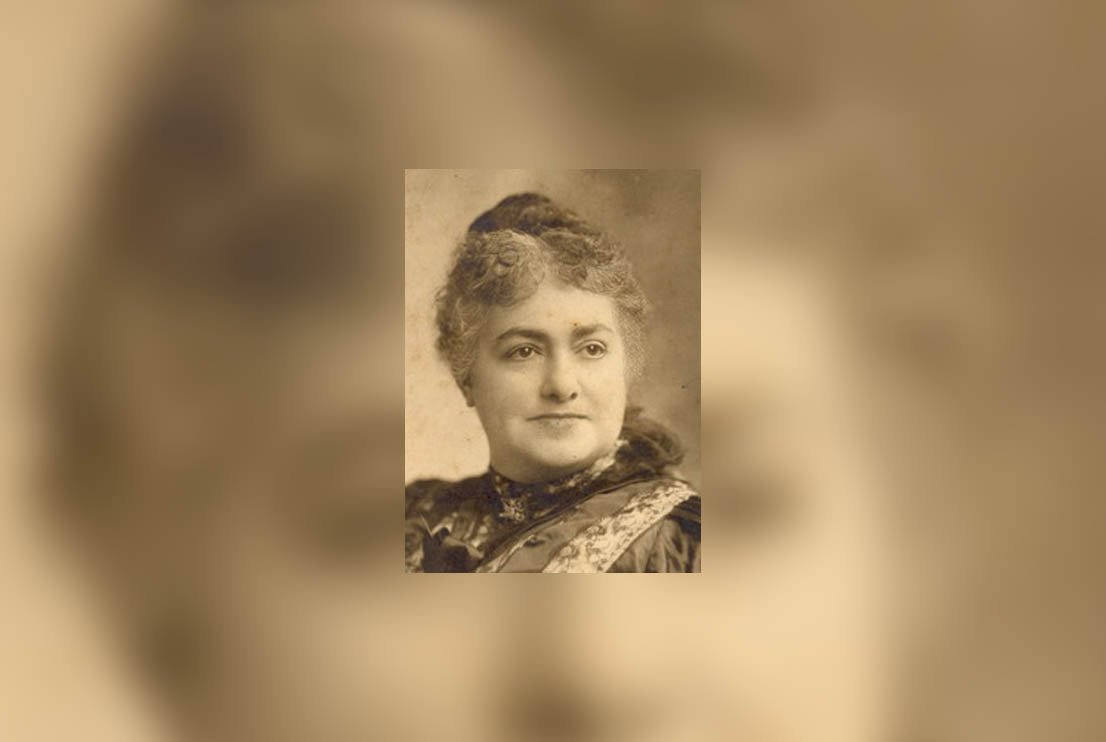Heiress to the history of struggles
There were not a few women from the city of Puerto Príncipe who seemed to follow the patriotic and rebellious tradition of the principeños who were involved in the process of political rupture with the absolutist colonial regime in the 19th century.
For this reason, the sisters and wives of those who raised in arms from Camagüey to undertake Bolívar’s struggles in Greater Colombia supported them materially and gave them encouragement and hopes of victory in order to see Cuba free from Spain.
It was no different in the women who knew about and silently supported the armed liberation attempt of Joaquín de Agüero, in 1851. Long before the meeting of the patriots in Las Clavellinas Crossing, on the Camino Viejo to Nuevitas, the sisters and wives of those who were going to the battlefield, they helped them prepare their clothes, medicines and other personal items that they could not miss.
The sister of the Quesadas, Ana Valentina de Quesada y Loynaz, could not be less of a woman and patriot than her predecessors. Born in Camagüey on February 14th, 1842, in that November of 1868 she accompanied her sisters and her mother María del Carmen Loynaz y Miranda to the house of her relatives in Free Guáimaro.
In the days of the Constituent Assembly, she began her romance with the Bayamés leader Carlos Manuel de Céspedes. The following year, the courtship was broken by the couple’s marriage in the Prefecture of San Diego del Chorrillo, in the intricate area of Najasa. There, Prefect Facundo Agüero Rioseco married them for eternity.
And in Free Cuba they had their first child. In the mountains, Ana faced the risk of capture at the hands of the Spanish, made sacrifices, and resisted as did most of the mambisado; she always faithful to the ideas of her husband.
Ana and her service worthy of her for Cuba
The constant siege of the Spanish military forces to the insurgent camps forced Céspedes and Ana to move incessantly from one place to another in the Camagüey geography. However, despite the measures taken by President Céspedes’ bodyguards, Ana’s mother and her sisters were captured and taken to the city of Puerto Príncipe.
The President’s wife suffered a similar fate in the attempt to escape through La Guanaja estuary, being overtaken at the Santa Rosa sugar mill, in Cubitas, by a troop that took her in the company of the patriotic poet Juan Clemente Zenea to the National Prison of Puerto Príncipe; and from there to the one in Havana, on December 30th, 1870.
Without losing contact with her brothers, the major generals Manuel and Rafael de Quesada, Ana Valentina arrived at the patriotic emigration in New York in January 1871, and from there she sent arms and money for her compatriots on the Island.
It is worth knowing among our young people that her jewelry, her dresses and other personal items were sold to ensure the triumph of the Revolution in Cuba. At patriotic rallies she was seen in the front row. From Céspedes her children Oscar, Carlos Manuel and Gloria de los Dolores supported them at the cost of privations and sacrifices.
By the way, in Cuba, on February 21st, 1871, Céspedes learned from Julio Sanguily the details of her departure from Havana to the United States; However, earlier, in his letter of December 23rd of the previous year, Céspedes let him know that the Government Chamber would try to remove him from the presidential post, although it would reaffirm his firm political position in this regard.
Precisely in El Bejuco camp, on October 18th, 1871, Céspedes ratified his cardinal decision: «I cannot go to the United States, my position is in Cuba. Here I must die if necessary, but do not grieve […] ».
For more, with completely trustworthy men: Ramón Boza, Francisco Argilagos, Lope Recio Borrero, among other Camagüeyans, Ana de Quesada had news of the scene of the war, about weapons and supplies, of triumphs in the combats, of intrigues and quarrels between the leaders of the fight, among other matters of political-military importance; and her unwavering decision to lead Cuba to the triumph of independence. His letters to Ana de Quesada corroborate her absolute confidence in the sister of the General in Chief Manuel de Quesada.
After the end of the War of Independence, the woman from Camagüey returned to the Cuban capital, earning the appreciation and respect of the corps of veterans of ’68 and ’95. Her entry into the Cuban Patriotic Board chaired by Salvador Cisneros says a lot about her interest in continuing to serve Cuba and defending her political path.
Perhaps her patriotic soul was lacerated after giving everything for her beloved Cuba – and learning about the opportunistic Yankee intervention in the Greater Antilles, esteemed by her the courage of Salvador Cisneros and seeing him face off against the United States to prevent the surrender to the Platt Amendment , disgusted by the treacherous and submissive position before that government of the North and the moral duplicity of the first president of the neocolonial Republic- Ana de Quesada decided to travel to France, where death awaited her on December 22nd, 1910.
How much she would have preferred to die in Free Cuba, as close as possible to the martyr of San Lorenzo!
Translated by: Aileen Álvarez García






